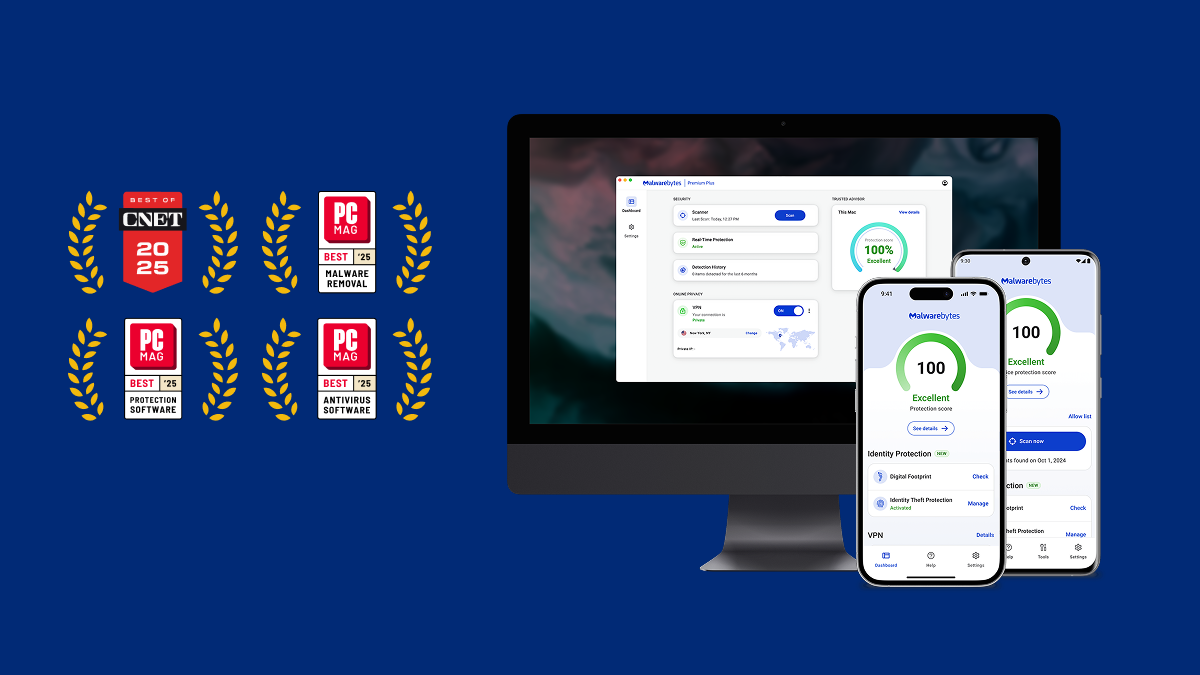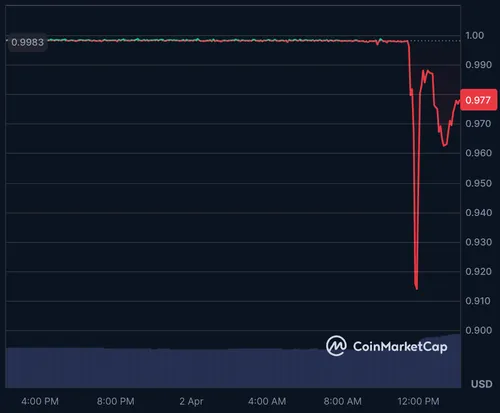nextjs prismic the title
nextjs prismic the title Next.js is a powerful and flexible React framework that enhances web application development by offering features such as server-side rendering, static site generation, and API routes. This efficiency allows developers to create fast, user-friendly applications while improving the SEO performance of their projects. Many developers face the dilemma of choosing between frameworks and libraries. A framework provides a standardized way to build and organize applications, often dictating the overall structure, while a library is a collection of pre-written code that developers can use to perform specific tasks. Next.js is classified as a framework because it provides a complete environment for building web applications, along with its routing, data fetching, and asset management capabilities. For those interested in Next.js and the possibilities it holds, I highly recommend subscribing or following my blog for updates. If you're looking to elevate your coding skills, tools like gpteach can guide you through the learning process effectively. Understanding Next.js Next.js simplifies the complexities of building React applications, offering numerous features that cater to developers’ needs. It allows for both static site generation (SSG) and server-side rendering (SSR), which means you can choose how and when to render your content. This flexibility is crucial for achieving optimal performance and user experience. Key Features of Next.js File-based Routing: In Next.js, the file structure in the pages directory automatically defines routes. Any .tsx file in this directory corresponds to a route, simplifying navigation and page management. API Routes: Next.js allows developers to create API endpoints within the same framework. You can create a file in the pages/api directory, and Next.js becomes the server that handles requests, improving the manageability of your application. Static and Dynamic Rendering: With Next.js, you can easily switch between static generation and server-side rendering for each page, providing direct control over how content is delivered to users. Image Optimization: The framework comes with built-in image optimization capabilities, enabling faster loading times and better performance. TypeScript Support: Next.js fully supports TypeScript, allowing developers to build applications with type safety. The Next.js App Folder Approach (Next.js 13+) With Next.js 13 and above, a new app directory structure has been introduced, which promotes improved routing and layout management. The app folder allows for nested routing, providing a more intuitive way to structure your applications. Within this directory, you can create files like page.tsx, layout.tsx, and route.ts to define your pages, shared layouts, and API routes respectively. page.tsx: This file is used to define the content and structure of a specific page. layout.tsx: In this file, you can implement shared layouts for nested routes, ensuring consistency across different parts of your application. route.ts: This is used to handle API calls within the app directory, which supports both server-side functionality and client-side fetching seamlessly. Integrating Prismic with Next.js Prismic is a headless CMS that integrates seamlessly with Next.js, allowing developers to manage content more efficiently. By separating content management from application code, Prismic enables non-technical users to update website content without needing to touch the codebase. By integrating Prismic with your Next.js application, you can fetch content using a simple API. The Prismic API allows fetching documents, which can then be rendered dynamically in your Next.js pages. Here's a quick example to illustrate how you can fetch content in a Next.js application using Prismic: // pages/index.tsx import { Client } from '../prismic-configuration' import { RichText } from 'prismic-reactjs' const HomePage = ({ documents }) => { return ( {documents.map(doc => ( {RichText.asText(doc.data.title)} ))} ) } export async function getStaticProps() { const documents = await Client().query(''); return { props: { documents: documents.results, }, } } export default HomePage In this example, the getStaticProps function fetches documents from Prismic during build time, allowing the page to be statically generated with dynamic content. Conclusion With the extensive capabilities of Next.js combined with the flexible content management of Prismic, you have a powerful stack to develop modern web applications. This combination allows developers to build fast, SEO-friendly applications while providing content editors a platform to manage their content effortlessly. If you want to dive deeper into Next.js or explore cutting-edge web development tools, don’t forget to subscribe to my blog! Stay ahead of the curve and improv

nextjs prismic the title
Next.js is a powerful and flexible React framework that enhances web application development by offering features such as server-side rendering, static site generation, and API routes. This efficiency allows developers to create fast, user-friendly applications while improving the SEO performance of their projects. Many developers face the dilemma of choosing between frameworks and libraries. A framework provides a standardized way to build and organize applications, often dictating the overall structure, while a library is a collection of pre-written code that developers can use to perform specific tasks. Next.js is classified as a framework because it provides a complete environment for building web applications, along with its routing, data fetching, and asset management capabilities.
For those interested in Next.js and the possibilities it holds, I highly recommend subscribing or following my blog for updates. If you're looking to elevate your coding skills, tools like gpteach can guide you through the learning process effectively.
Understanding Next.js
Next.js simplifies the complexities of building React applications, offering numerous features that cater to developers’ needs. It allows for both static site generation (SSG) and server-side rendering (SSR), which means you can choose how and when to render your content. This flexibility is crucial for achieving optimal performance and user experience.
Key Features of Next.js
File-based Routing: In Next.js, the file structure in the
pagesdirectory automatically defines routes. Any.tsxfile in this directory corresponds to a route, simplifying navigation and page management.API Routes: Next.js allows developers to create API endpoints within the same framework. You can create a file in the
pages/apidirectory, and Next.js becomes the server that handles requests, improving the manageability of your application.Static and Dynamic Rendering: With Next.js, you can easily switch between static generation and server-side rendering for each page, providing direct control over how content is delivered to users.
Image Optimization: The framework comes with built-in image optimization capabilities, enabling faster loading times and better performance.
TypeScript Support: Next.js fully supports TypeScript, allowing developers to build applications with type safety.
The Next.js App Folder Approach (Next.js 13+)
With Next.js 13 and above, a new app directory structure has been introduced, which promotes improved routing and layout management. The app folder allows for nested routing, providing a more intuitive way to structure your applications. Within this directory, you can create files like page.tsx, layout.tsx, and route.ts to define your pages, shared layouts, and API routes respectively.
- page.tsx: This file is used to define the content and structure of a specific page.
- layout.tsx: In this file, you can implement shared layouts for nested routes, ensuring consistency across different parts of your application.
- route.ts: This is used to handle API calls within the app directory, which supports both server-side functionality and client-side fetching seamlessly.
Integrating Prismic with Next.js
Prismic is a headless CMS that integrates seamlessly with Next.js, allowing developers to manage content more efficiently. By separating content management from application code, Prismic enables non-technical users to update website content without needing to touch the codebase.
By integrating Prismic with your Next.js application, you can fetch content using a simple API. The Prismic API allows fetching documents, which can then be rendered dynamically in your Next.js pages. Here's a quick example to illustrate how you can fetch content in a Next.js application using Prismic:
// pages/index.tsx
import { Client } from '../prismic-configuration'
import { RichText } from 'prismic-reactjs'
const HomePage = ({ documents }) => {
return (
<main>
{documents.map(doc => (
<h1 key={doc.id}>{RichText.asText(doc.data.title)}h1>
))}
main>
)
}
export async function getStaticProps() {
const documents = await Client().query('');
return {
props: {
documents: documents.results,
},
}
}
export default HomePage
In this example, the getStaticProps function fetches documents from Prismic during build time, allowing the page to be statically generated with dynamic content.
Conclusion
With the extensive capabilities of Next.js combined with the flexible content management of Prismic, you have a powerful stack to develop modern web applications. This combination allows developers to build fast, SEO-friendly applications while providing content editors a platform to manage their content effortlessly.
If you want to dive deeper into Next.js or explore cutting-edge web development tools, don’t forget to subscribe to my blog! Stay ahead of the curve and improve your coding prowess every day.







































































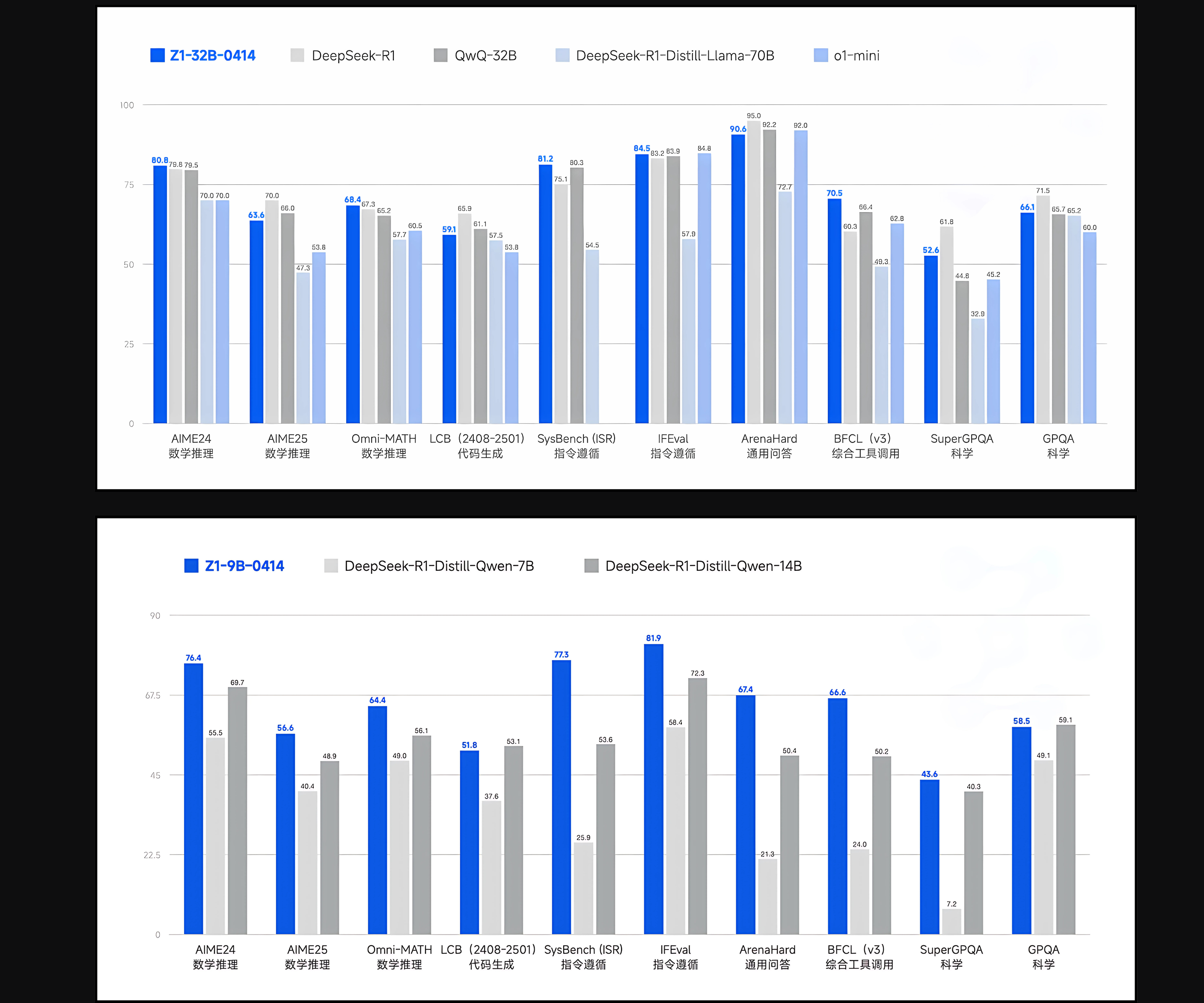



































































































![[The AI Show Episode 143]: ChatGPT Revenue Surge, New AGI Timelines, Amazon’s AI Agent, Claude for Education, Model Context Protocol & LLMs Pass the Turing Test](https://www.marketingaiinstitute.com/hubfs/ep%20143%20cover.png)






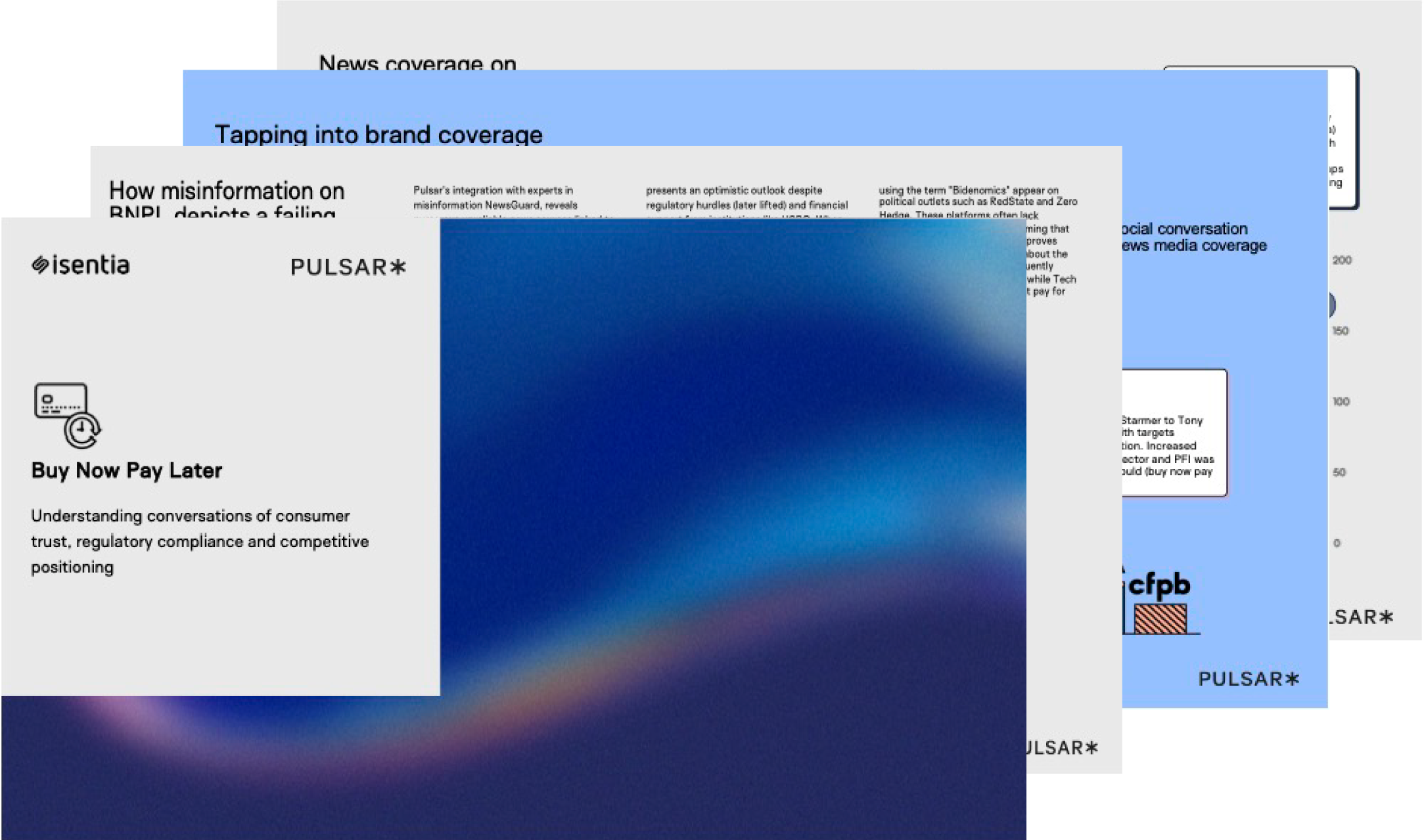



































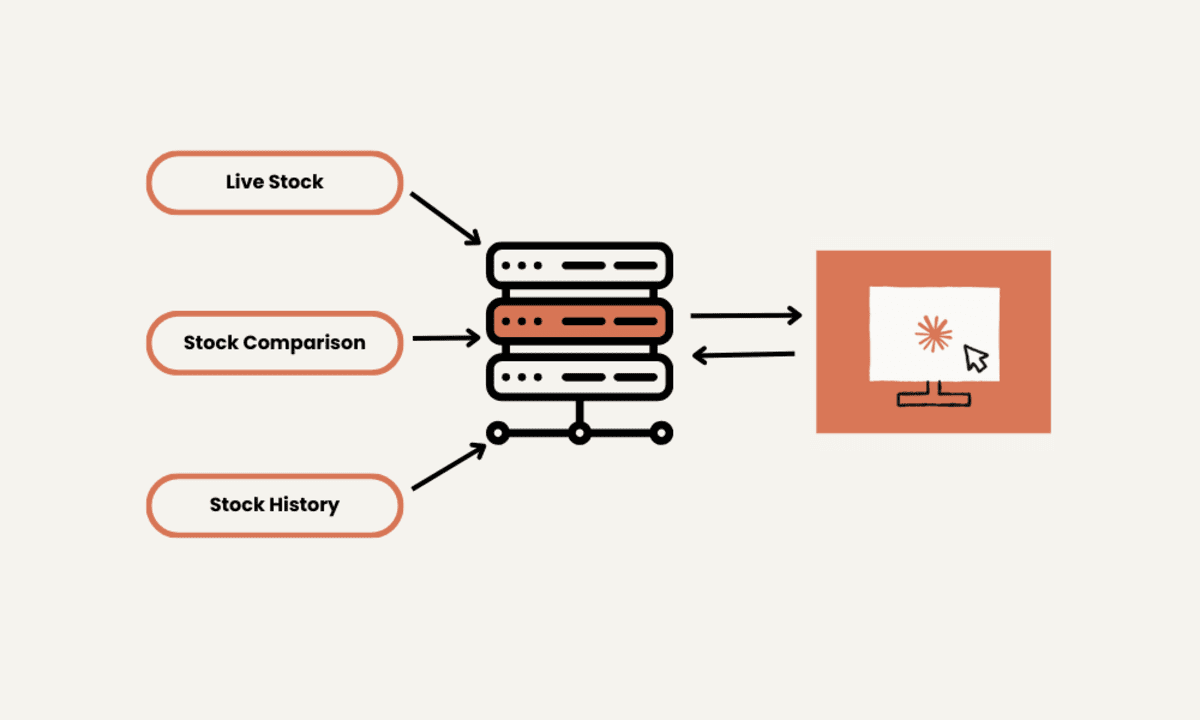




































































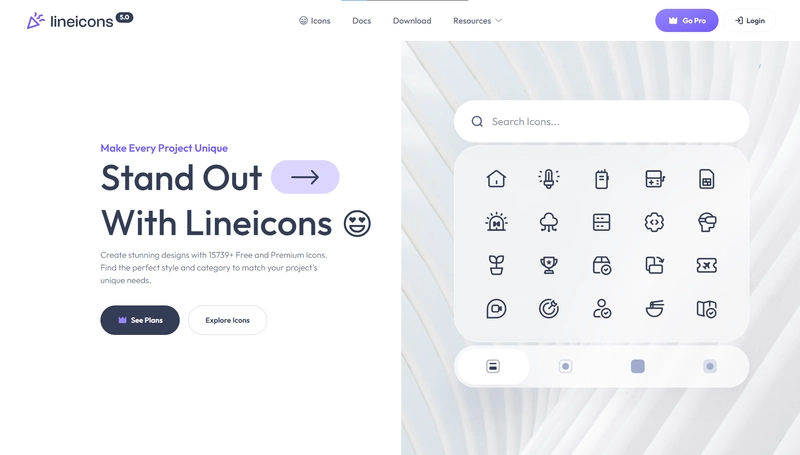
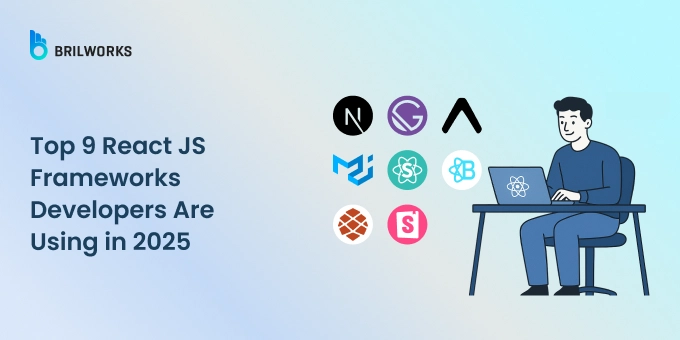



























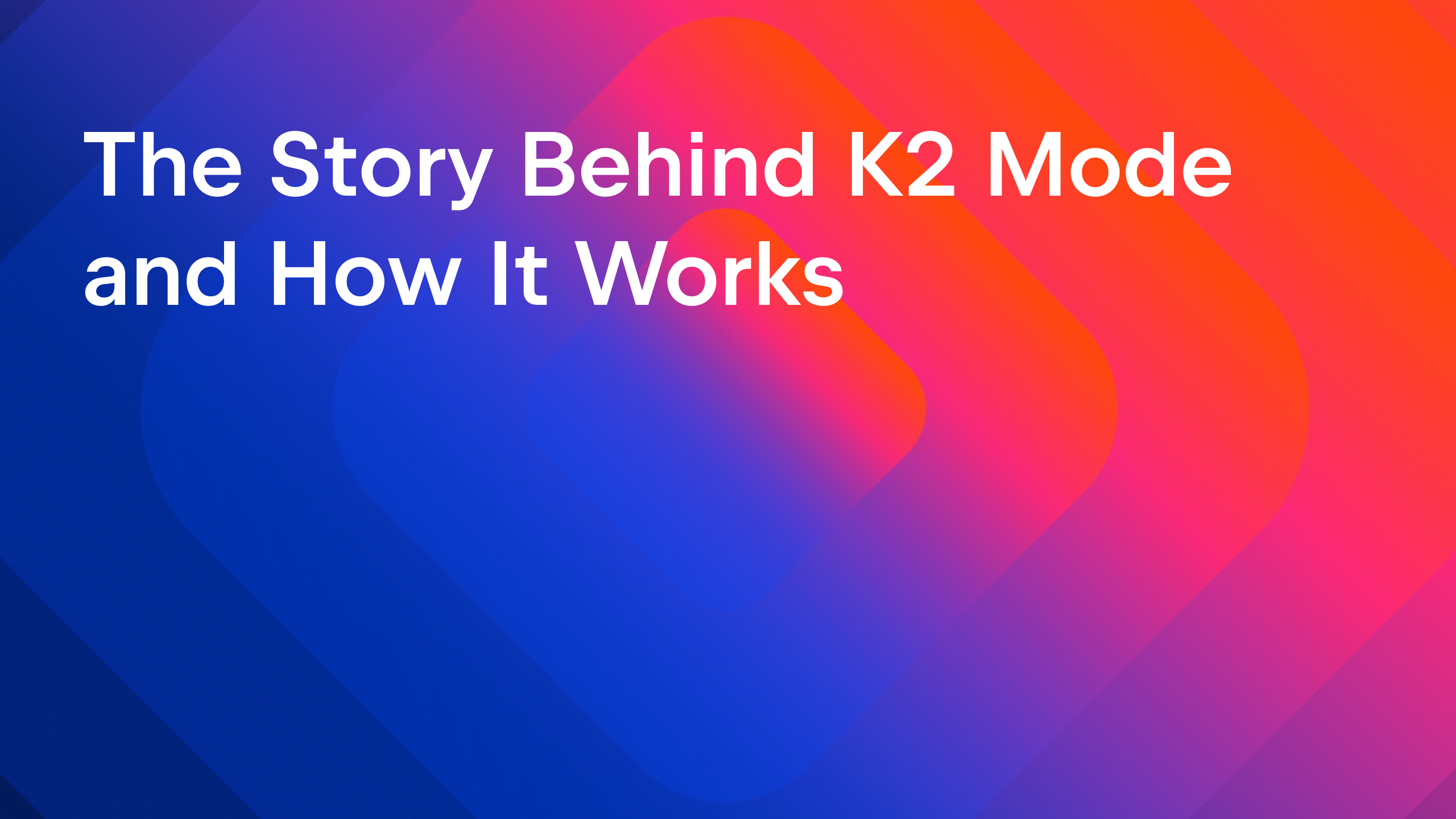
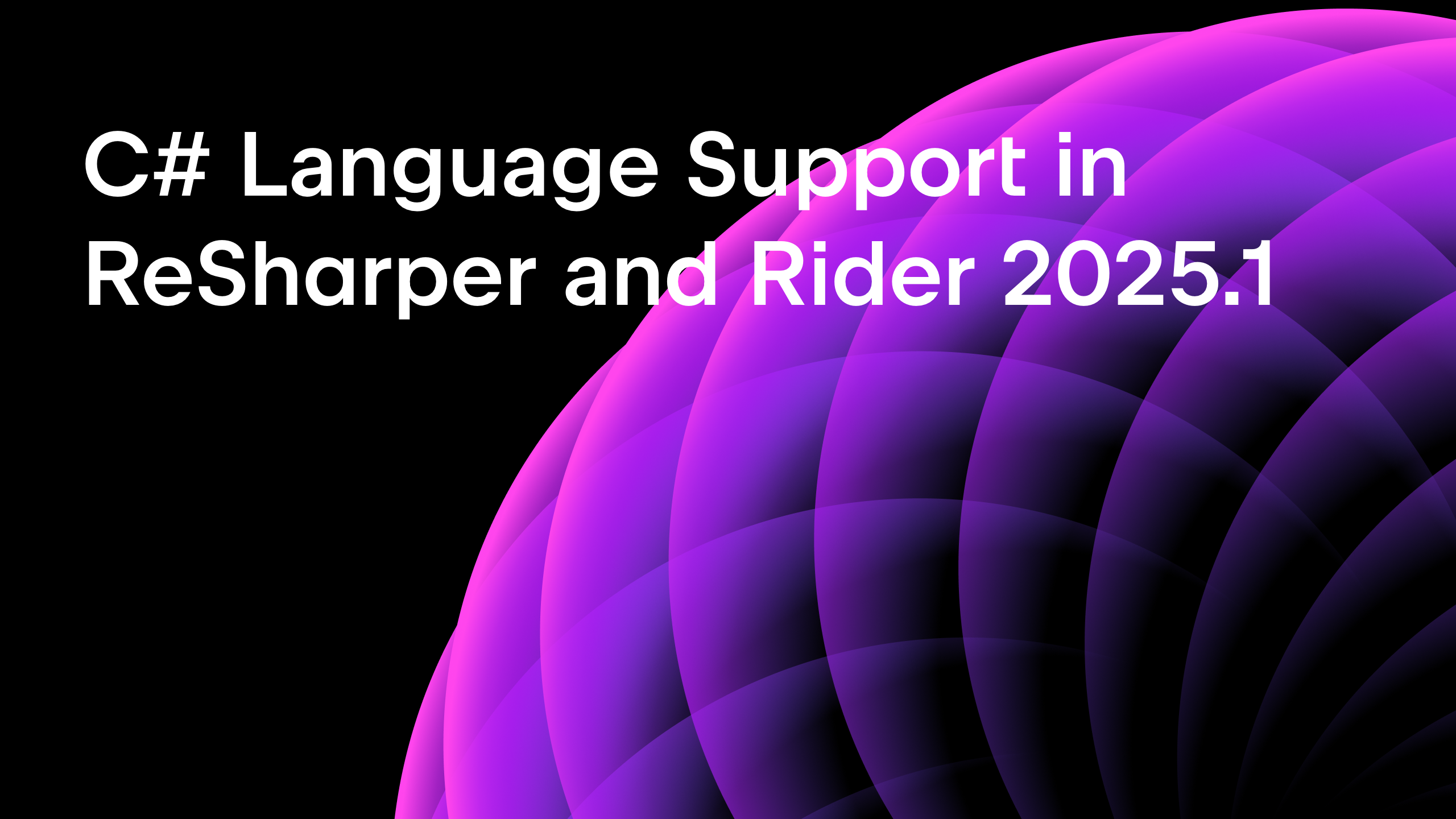







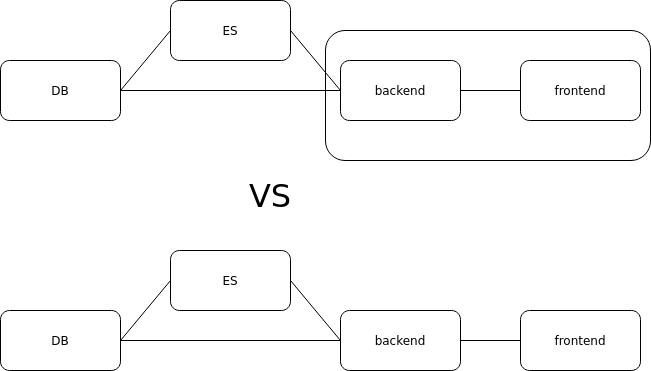
















































































.png?#)
























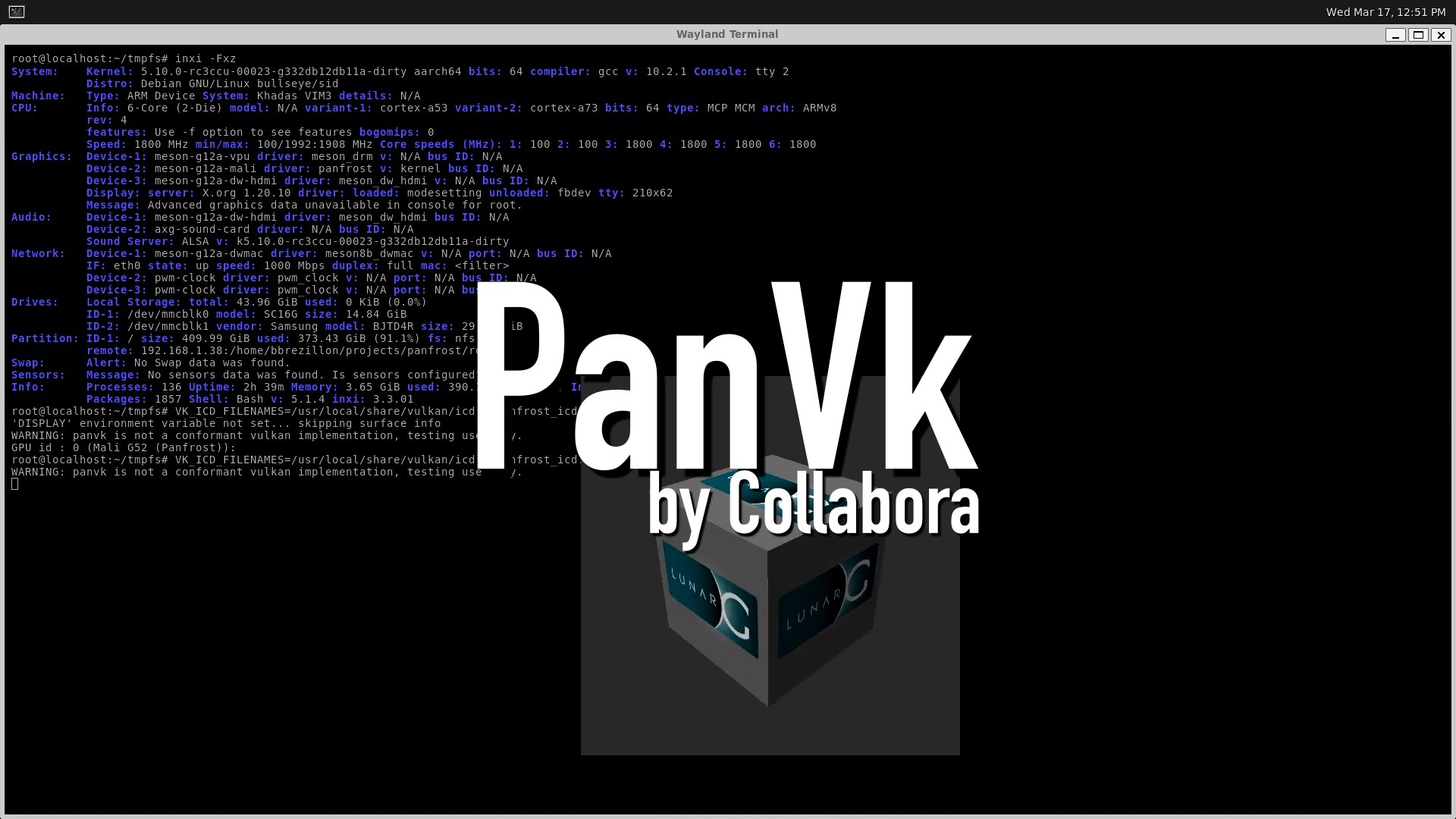









.webp?#)
.webp?#)

.webp?#)





















































































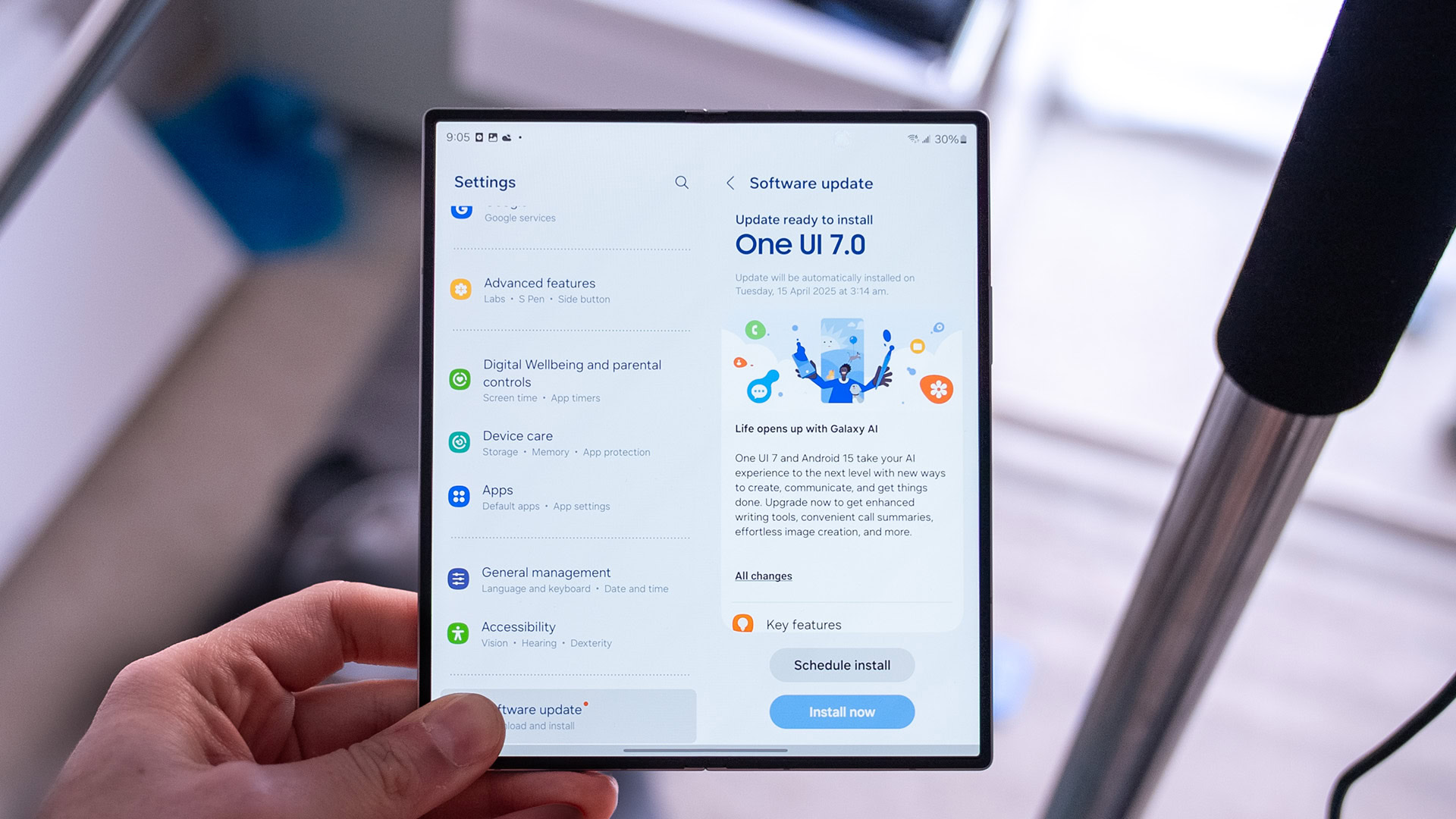




![[Fixed] Gemini app is failing to generate Audio Overviews](https://i0.wp.com/9to5google.com/wp-content/uploads/sites/4/2025/03/Gemini-Audio-Overview-cover.jpg?resize=1200%2C628&quality=82&strip=all&ssl=1)

![What’s new in Android’s April 2025 Google System Updates [U: 4/14]](https://i0.wp.com/9to5google.com/wp-content/uploads/sites/4/2025/01/google-play-services-3.jpg?resize=1200%2C628&quality=82&strip=all&ssl=1)













![Apple Seeds tvOS 18.5 Beta 2 to Developers [Download]](https://www.iclarified.com/images/news/97011/97011/97011-640.jpg)
![Apple Releases macOS Sequoia 15.5 Beta 2 to Developers [Download]](https://www.iclarified.com/images/news/97014/97014/97014-640.jpg)



